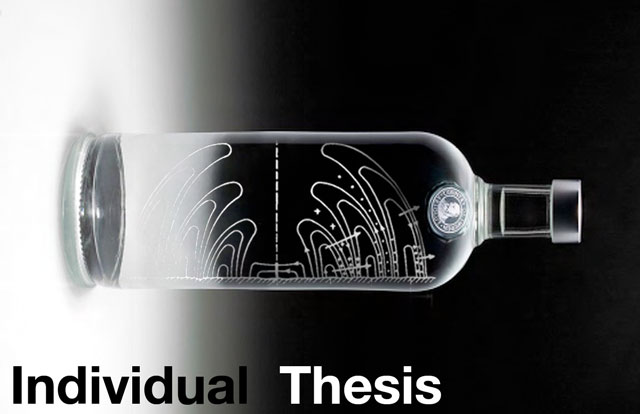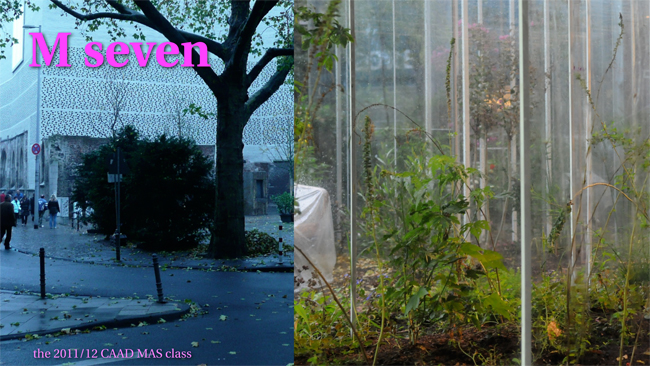
It’s not easy, finding your own position as an architect. With our technologies, we accelerate everything: more people, more mobility, more television, more images, more phones, more networks, more research, more publications, more complexity, more statistics, more rubbish, more technology, more advertising, more consumerism… Google, Twitter, games, leisure, over-ageing, privacy, intellectual property, corporate communications, global village, mega-cities, economy drives, liberalism, marketing, entertainment, war architecture… It’s easy to think that all this could be halted, that it could all slow down, that it is possible to cast an anchor an arrest the movement. Sustainability, misery, crisis, scarce resources, nature, empathy, renunciation, limitation, insurance, reassurance, delegation, the original, the origin, territory, land, causes, simplicity, clarity, guilt, regeneration, recycling, recreation, creation, simplicity, materials-appropriate construction… but information technology is of a different ‘nature’. Which is why our old concepts are not sufficient to grasp it or its phenomena. Just as described in the fable of the Hare and the Tortoise: the hare kills himself running and the tortoise doesn’t even get out of breath. That’s exactly what we’re witnessing: we feel washed away every time we try to cast an anchor, within the sea of our old conceptions. And so, adrift, we keep looking for an equilibrium in arranging our belongings. But how about, instead of casting anchors, we learn to surf?


 During the last Module of the program each student is asked to develop a topic of his/her choice under the instruction of prof. Dr. Ludger Hovestadt and Dr. phil. Vera Buhlman. The topic should be implemented computationally within 12 weeks, under the programming guidance of the research group working in the chair.
During the last Module of the program each student is asked to develop a topic of his/her choice under the instruction of prof. Dr. Ludger Hovestadt and Dr. phil. Vera Buhlman. The topic should be implemented computationally within 12 weeks, under the programming guidance of the research group working in the chair.





